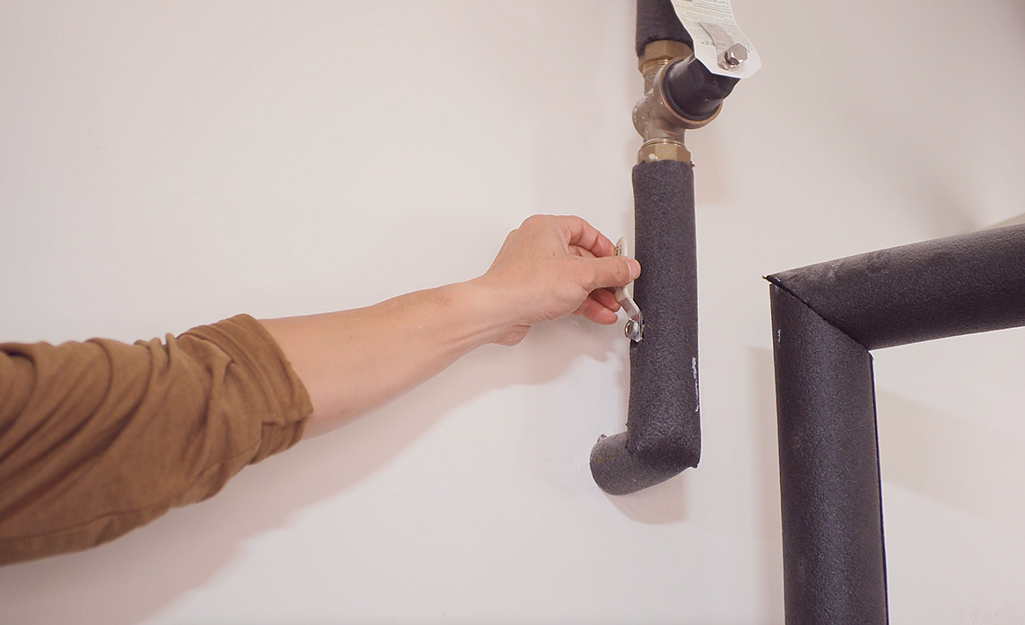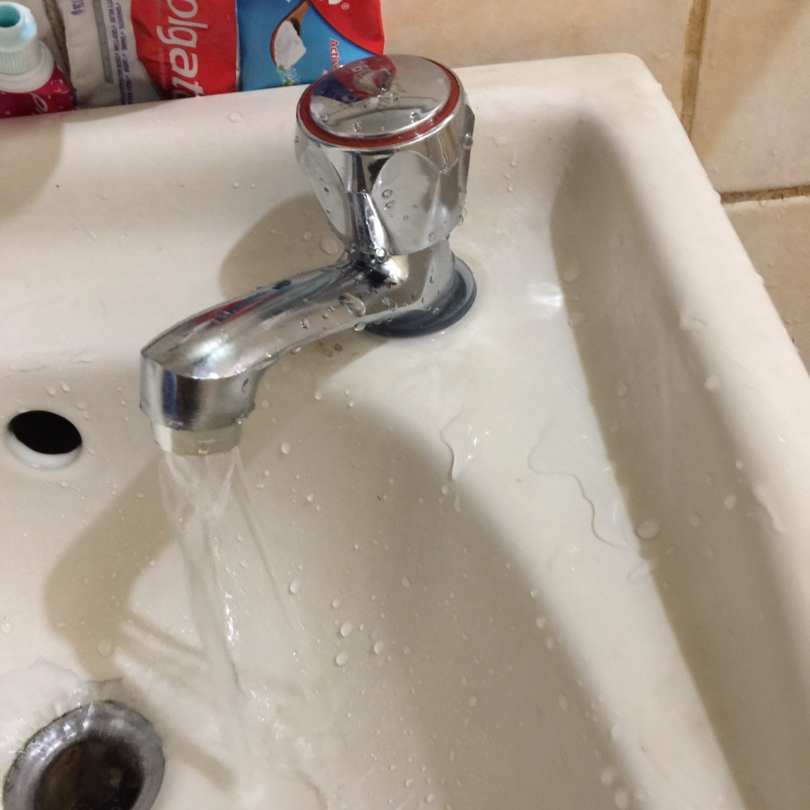The Merits of Fixing a Malfunctioning Faucet
The Merits of Fixing a Malfunctioning Faucet
Blog Article
Just how do you actually feel in relation to Why Are My Faucets Dripping (And Can I Fix It Myself)??

Dripping faucets may look like a minor aggravation, however their influence exceeds simply the inconvenience of the noise. From wasting water to incurring unneeded monetary prices and health and wellness threats, ignoring a trickling tap can result in different effects. In this write-up, we'll explore why it's important to address this common home concern immediately and efficiently.
Wastefulness of Water
Environmental Impact
Trickling faucets add dramatically to water wastefulness. According to the Epa (EPA), a single faucet trickling at one drip per secondly can throw away more than 3,000 gallons of water each year. This not only pressures water resources however also impacts ecological communities and wildlife depending on them.
Financial Costs
Enhanced Water Costs
Beyond the environmental effect, trickling taps can pump up water bills considerably. The built up wastefulness over time translates into higher energy expenditures, which might have been prevented with prompt repair services.
Possible Property Damage
Furthermore, prolonged trickling can lead to harm to fixtures and surface areas surrounding the faucet. Water build-up can cause staining, rust, and also architectural concerns if left neglected, causing added fixing expenses.
Health Concerns
Mold and Mildew Growth
The constant visibility of wetness from a dripping tap creates an optimal setting for mold and mold growth. These fungi not only jeopardize interior air top quality but additionally present health threats, especially for individuals with breathing problems or allergies.
Waterborne Illness
Stationary water in leaking taps can become a breeding ground for microorganisms and various other virus, boosting the risk of waterborne illness. Contaminants such as Legionella germs prosper in stationary water, possibly bring about significant ailments when ingested or breathed in.
Do it yourself vs. Expert Repair
Benefits and drawbacks of DIY Repair Service
While some might try to take care of a dripping tap themselves, DIY repair services come with their very own set of difficulties. Without appropriate knowledge and devices, DIY efforts can exacerbate the issue or lead to incomplete repairs, lengthening the issue.
Benefits of Working With a Specialist Plumber
Employing a professional plumber ensures that the underlying cause of the dripping faucet is addressed properly. Plumbing technicians have the expertise and equipment to diagnose and repair tap problems efficiently, saving time and decreasing the threat of further damages.
Step-by-Step Overview to Dealing With a Dripping Faucet
Devices Called for
Prior to attempting to deal with a trickling tap, gather the essential tools, consisting of an adjustable wrench, screwdrivers, replacement parts (such as washers or cartridges), and plumber's tape.
Common Tap Issues and Their Solutions
Recognize the sort of tap and the certain issue creating the drip. Usual troubles consist of worn-out washing machines, corroded shutoff seats, or faulty O-rings. Describe manufacturer directions or on-line tutorials for detailed advice on repairs.
Safety nets
Normal Maintenance Tips
To stop dripping faucets, do routine upkeep such as cleansing aerators, inspecting for leakages, and changing worn-out components immediately. Furthermore, take into consideration setting up water-saving tools or updating to extra reliable components.
Importance of Prompt Repair Works
Resolving trickling faucets as quickly as they're seen avoids more water wastefulness and prospective damages, eventually conserving both water and cash over time.
Impact on Building Value
Perception of Well-Maintained Property
Preserving a building in good condition, including addressing maintenance issues like trickling faucets, boosts its viewed value and desirability amongst prospective purchasers or lessees.
Impact on Resale Value
Features with well-maintained plumbing components, consisting of faucets, command greater resale worths in the property market. Attending to trickling taps can contribute to a positive perception during residential or commercial property inspections and settlements.
Ecological Duty
Specific Contribution to Preservation
Taking obligation for fixing trickling faucets lines up with broader efforts towards water preservation and ecological sustainability. Every individual's activities collectively make a significant impact on maintaining priceless sources.
Sustainable Living Practices
By focusing on punctual repair services and adopting water-saving behaviors, individuals add to sustainable living techniques that benefit both present and future generations.
Conclusion
Dealing with a leaking faucet goes beyond plain ease; it's a vital action towards saving water, decreasing monetary expenses, and protecting wellness and home. Whether via do it yourself repair work or specialist support, taking action to repair leaking faucets is a small yet impactful method to advertise responsible stewardship of resources and contribute to a much healthier, extra sustainable future.
Most Common Reasons for a Leaky Faucet and How to Stop the Drip
Whether it’s your kitchen faucet leaking or a bathroom faucet leaking, one leaky faucet can waste anywhere from three to 30 gallons of water every single day. If the constant drip-drip-drip doesn’t get your attention, your water bill will. The good news is that, by following a few simple steps, chances are pretty good you can fix the problem yourself.
Why is it dripping?
Before you start taking things apart, let’s break down some of the most common causes of a leaky faucet.
Bad O-ring.
A cartridge is a valve that controls the flow of water into the faucet spout. On cartridge faucets there’s an O-ring—the little disc attached to the stem screw that holds the faucet handle in place. If it’s loose or worn-out, it can cause your sink handle to leak. Of course, the cartridge itself could be worn out. If that’s the case, make sure you replace it with the exact same kind.
Corroded valve seat.
The valve seat connects the faucet and the spout. If the leak seems to be coming from the spout, it might be because a buildup of water sediment has corroded the valve seat.
Worn-out washers or seals.
A leaky spout could be caused by a bad washer that rests against the valve seat. It’s just a matter of time before friction takes its toll. It could also be the wrong size washer or one that’s been installed incorrectly. Water sediments can also corrode inlet and outlet seals.
Water pressure.
If the faucet only drips now and then, or when you turn the handles a certain way, you should probably check your home’s water pressure.
Loose or broken parts.
The adjusting ring and packing nuts in the stream screw can become loose over time, causing your sink handle to leak. Try tightening or replacing the packing nut. If the leak is coming from the pipes underneath the sink, you probably have a broken pipe or fitting. If that’s the case, you should definitely call a plumber.
Know your faucet.
Faucets come in a variety of types. Each one has its own assembly—and its own possible causes of leaks. Learning about the four most common kinds of faucets will help you know how to take them apart and make any repairs.
How to stop a leaky faucet
Fixing that leaky faucet doesn’t have to take a lot of time, money, or expertise. It’s usually a simple matter of replacing a worn-out washer or gasket, a loose O ring, or another part. Chances are really good you can do this yourself if you follow these simple steps.
Shut off the water.
Before you tackle the faucet, cut off the water supply to the sink. There should be one valve for hot and one for cold. Hand-turn them clockwise with your hands till they close. If there are no valves under the sink, head to the basement and shut off the main water supply to the house. Then turn on the faucet until it empties out the water that’s still in the line and you’re ready to start. It’s a good idea to cover the sink drain with a plug or a rag so you don’t lose any small pieces and parts while you’re working.

As an enthusiastic reader on Why Is It Important To Fix Your Leaking Tap/Faucet?, I assumed sharing that piece of content was worth the trouble. Are you aware of somebody else who is inquisitive about the niche? Be sure promote it. Thank-you for going through it.
Report this page